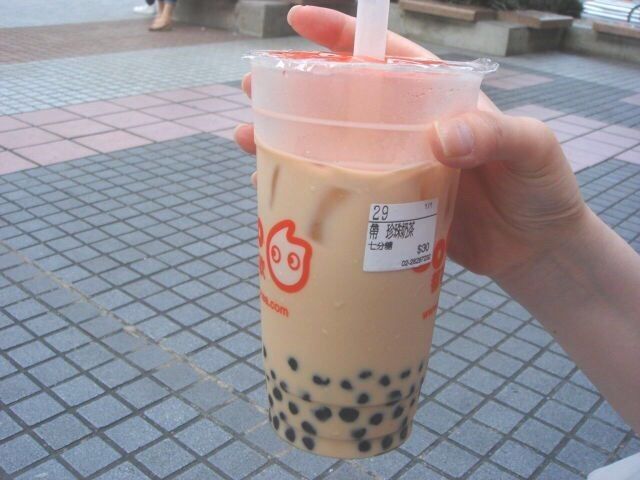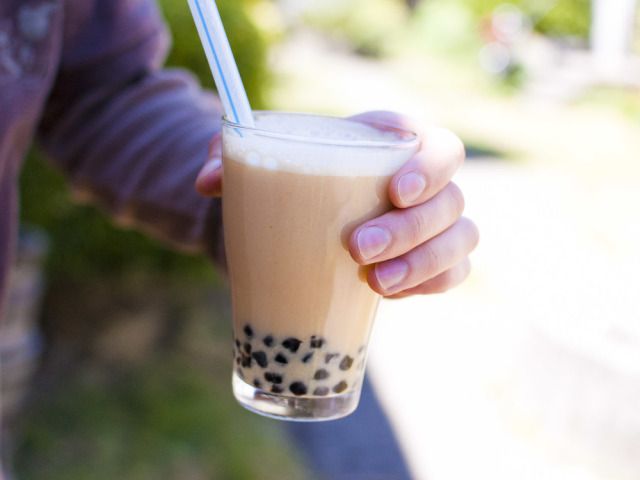Point out the words Chinese tea society as well as the initial pictures that surface area are most likely that of a tea ceremony and also the technique of developing tea commonly referred to as gongfu developing. Not imprecise yet hardly representative of the entire spectrum that Chinese tea culture requires.
Sadly, Chinese tea culture has been identified with Chayi (the Art of Tea) rather than Chadao (the Way of Tea). For this reason, this beloved drink and also lifestyle has actually typically been portrayed as a magical, arcane ceremony that requires years of dedicated training as well as the purest of hearts before one can begin to unwind the mysteries.
If that holds true, than tea would have been reserved for less than 1% of China’s (admittedly substantial) population, not a common sight across the nation extending all walks of life. In contrast to what some may believe, not all Chinese are proficient in brewing gongfu tea and even drink tea the gongfu way. While we go to it- Chinese do not wear silk conventional costumes daily either however I digress.
Chinese tea culture is more than ceremonies as well as efficiencies. It can be as simple as throwing some leaves in a tall glass. It can be carrying a vacuum flask or stemless glass filled with made tea as well as sipping from it all day long. It can additionally be the renowned Beijing huge dish tea (Da Wan Cha) or Taiwanese ‘bubble tea’ or Hong Kong’s ‘yum cha’ culture.
It would be unfair to assume Chinese tea society begins and finishes with the gongfu design or the event that is more of an efficiency than concerning exacting the best possible preference from the fallen leaves. Do not get me wrong, there is a location for it- there are few points a lot more naturally loosening up than going to a tea performance yet that is rarely representative of the full spectrum.
For tea to be thought about a culture- it would need to be ingrained in the day-to-days live of the masses. Similar to British tea society involves afternoon teas which has embedded itself into a day-to-day routine- Chinese society has components that are day-to-day events. Being a daily event would omit ceremonies, unless the topic concerned remains in that type of work. View more information and find bubble tea in north york, Toronto via the link.

For example in Chinese society, tea is globally served at restaurants, practically by default. When I was in China, I requested plain water (after a whole day at the tea market, I was specific I wouldn’t be able to take in anymore high levels of caffeine without a spell of sleeping disorders) as well as I was greeted with a look of incredulity. I had to duplicate myself as well as sustain those piercing gazes prior to I at some point obtained my message across.
Yet teas served in restaurants are merely made in a metal or ceramic pot, not a Yixing pot with a fancy program before being offered. These might be a notch (or ten) listed below the teas served in events yet they are without a doubt as much a part of Chinese tea society as their more remarkable equivalents.
Another typical simple approach of consumption is drinking straight out of tall glasses with the fallen leaves included. This is specifically preferred for green tea which is the most frequently eaten type in China.
There are variations as well as more details yet usually the strategy is this- warm the glass, add leaves, add hot water, allow the leaves steep, when the water level falls to 1/3 fill again as well as repeat afterward.
Not only is this convenient, it permits the drinker to watch fallen leaves unfurl as well as admire the rhapsody of the fallen leaves. Extra importantly, it generally needs only a glass as well as hot water and also not the entire cooking area sink so this can be exercised in the work environment without sustaining in charge’s wrath.
Some aficionados ridicule this technique of brewing claiming that it does not fairly let loose the full taste of tea yet directly I believe the ease it produces outweighs the loss in high quality.
Tea culture truly is about delighting in tea in a way that finest fits the occasion. Whether on the dinner table or in the office, on the go or holding friends at home- these are all as much a part of tea culture as events as well as performances.
At its very core, tea culture has to do with eating it, incorporating it right into part of our lives- not an erratic extravagance. This holds true for the Chinese nationals and also need to hold true for people.
Let Chinese (or Japanese or Korean) tea ceremonies intrigue us but not intimidate us, be bewitching yet not evasive- tea culture can be straightforward, enjoyable and a daily event.







